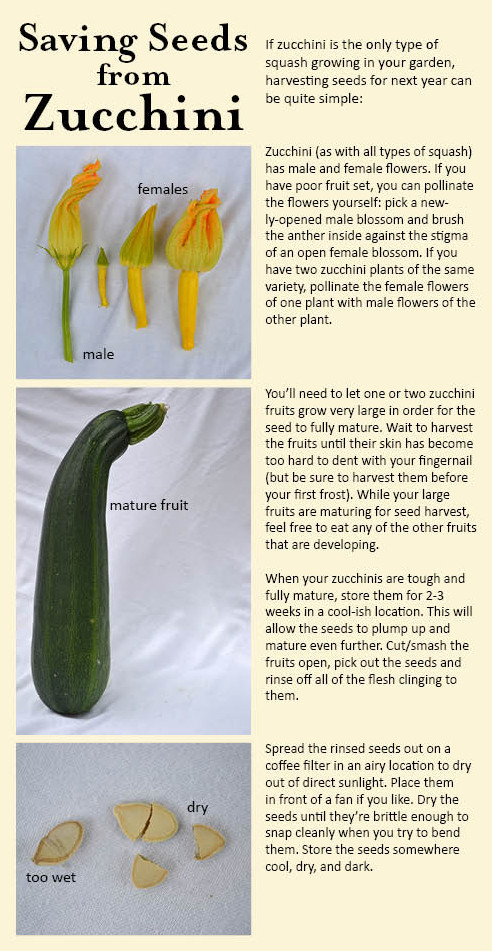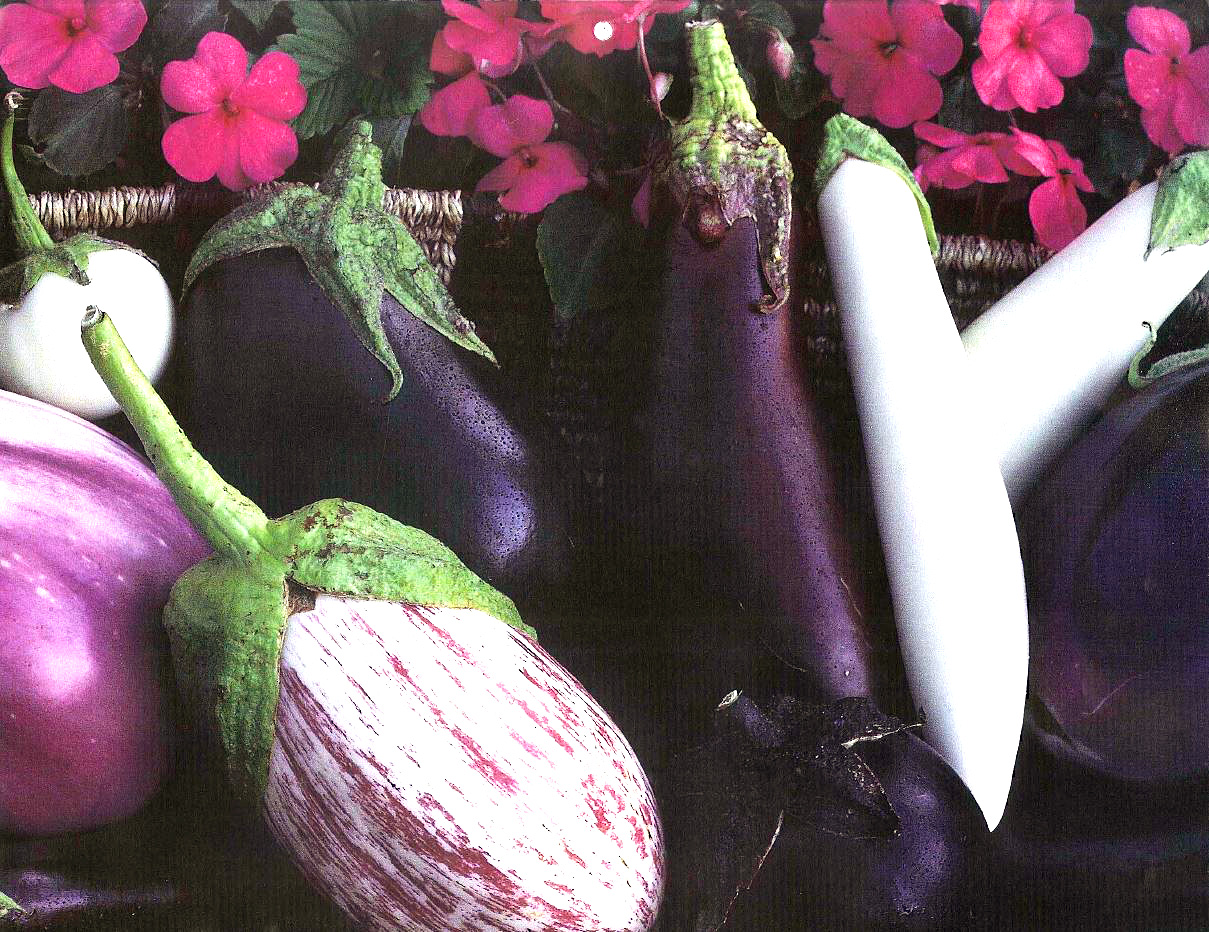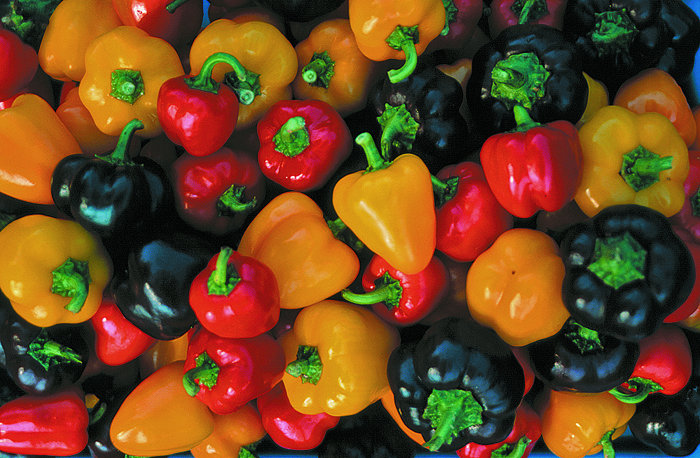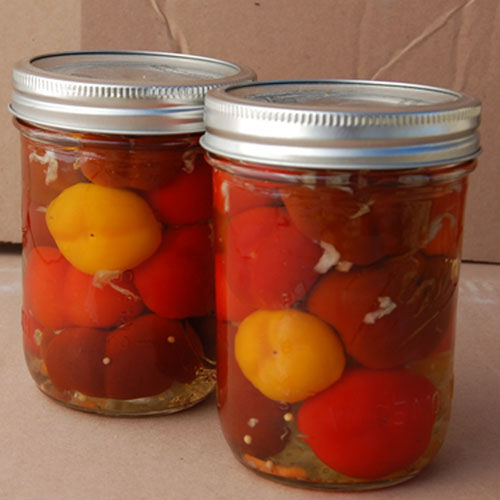Fresh from the Garden
/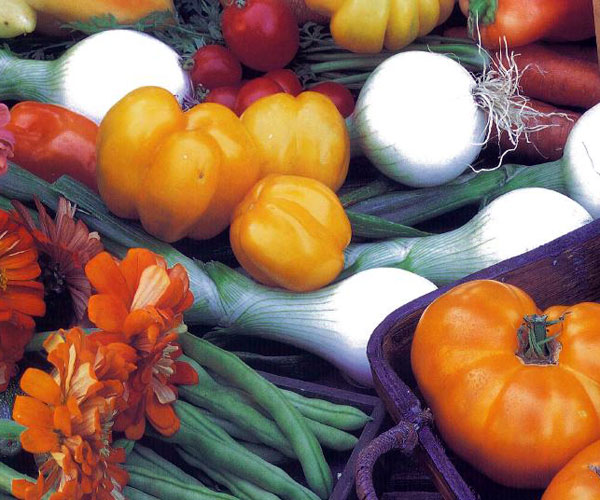 When I grab a basket and go to my garden to gather fresh vegetables and herbs, it's like going to my own little market. I look at gardening as a good workout and a chance to listen to the sounds of nature.
When I grab a basket and go to my garden to gather fresh vegetables and herbs, it's like going to my own little market. I look at gardening as a good workout and a chance to listen to the sounds of nature.
My favorite summertime recipes are those that require one trip to the garden to gather most of the ingredients, such as the following.
This recipe, as seen in the 2009 Seed Savers Exchange calendar, was a prize winner in the 2002 Food for Thought Recipe Contest in Madison, Wisconsin and printed in From Asparagus to Zucchini, a cookbook sponsored by the Madison Area Community Supported Agriculture Coalition.
I used the 'Amish Paste' tomato in this recipe. The healthy vines are producing blemish-free, flavorful red fruit that is excellent for fresh eating as well as preserving. Our growing season started out very wet and cool, and despite the dry weather since then, these plants continue to produce beautiful, tasty fruit.
The green beans I used were 'Ideal Market' and 'Purple Podded Pole' which are both very productive varieties. The Ideal Market produces colorful blossoms, and of course the Purple Podded Pole plant is decorative in all stages.
Prizewinner Green Beans with Tomatoes and Herbs
2 tablespoons extra-virgin olive oil 1 clove garlic, minced ¼ teaspoon red pepper flakes ½ cup sliced onions 2 teaspoons dried ground thyme ¼ cup water 1 pound green beans, ends clipped, cut in half 1 sprig rosemary, leaves torn off the stem 2 medium tomatoes cut into wedges Salt and pepper to taste
Heat olive oil over medium heat. Add garlic and red pepper flakes and sauté until fragrant. Add onions, sauté until translucent, 3-5 minutes. Add water, thyme, and green beans. Stir. Cover, and steam-cook beans until nearly done, 10-15 minutes. Stir in rosemary and tomatoes. Cook briefly, until tomatoes are warmed through. Season as necessary. Serves 4.
Seed Savers Exchange is a non-profit organization dedicated to conserving and promoting America’s culturally diverse but endangered garden and food crop heritage for future generations by collecting, growing, and sharing heirloom seeds and plants.






